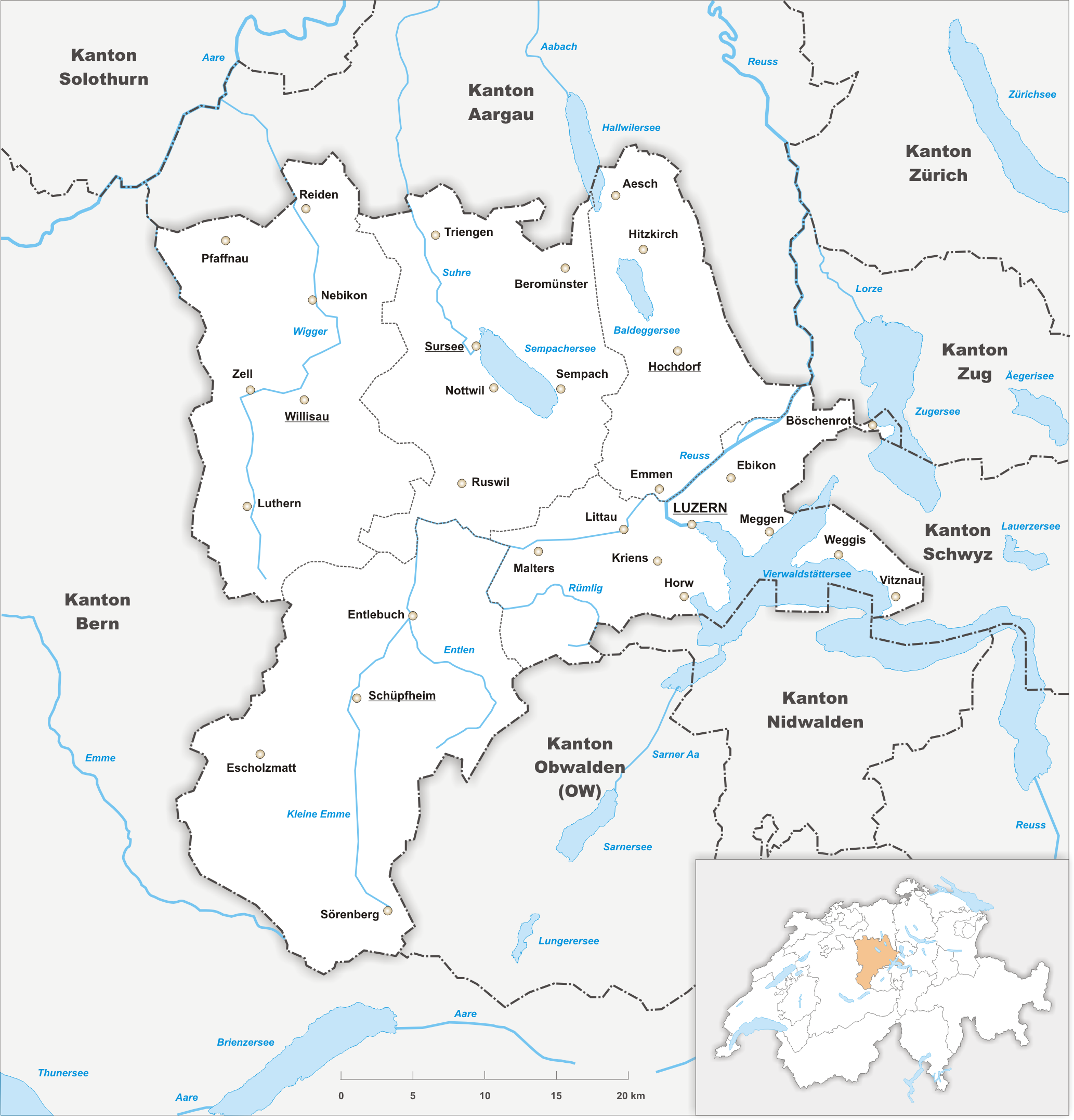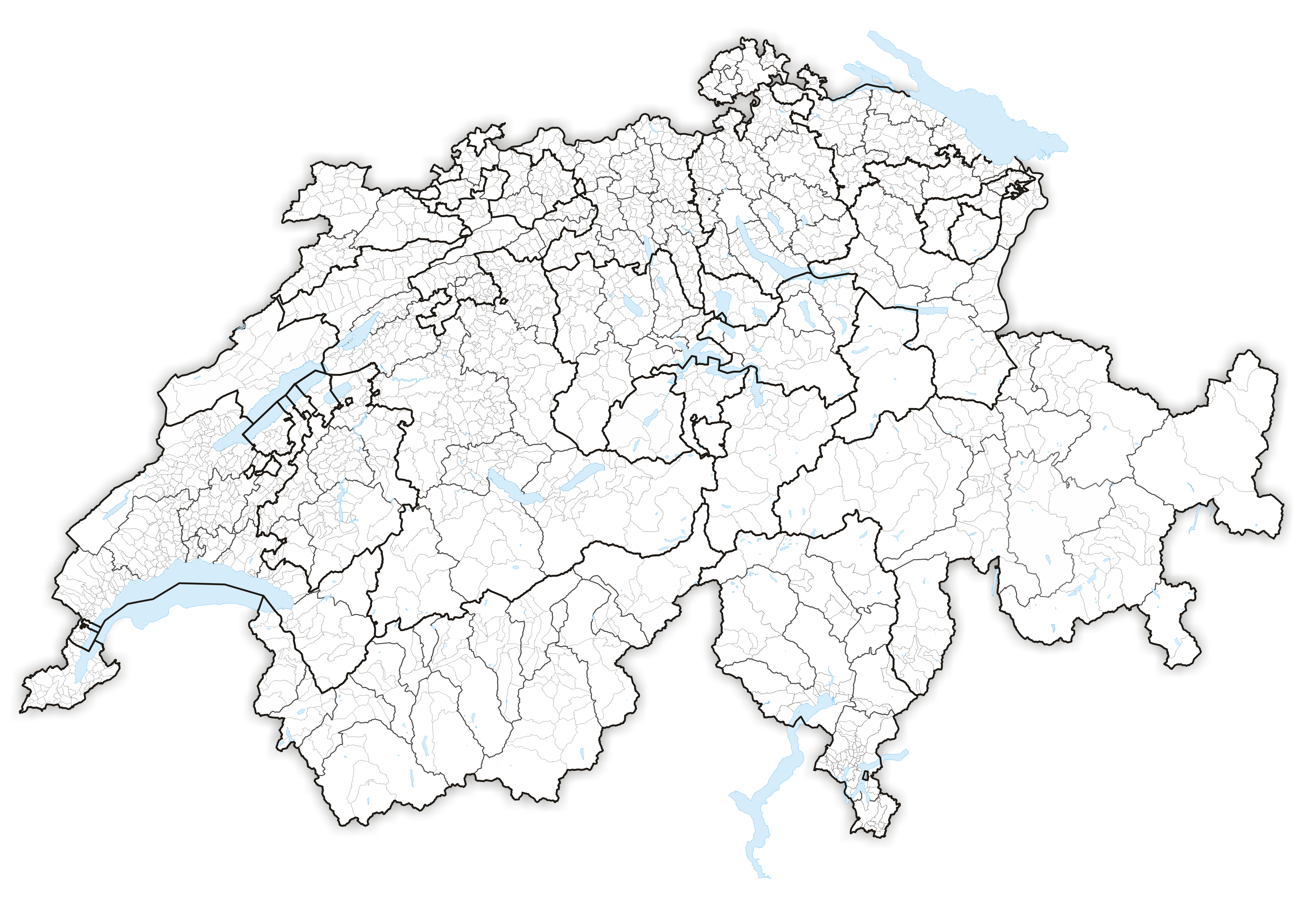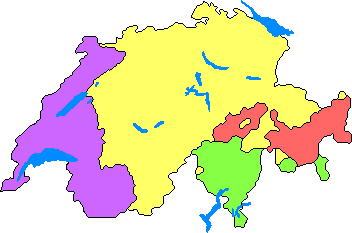|
Lieli
Lieli is a village in the canton of Lucerne, Switzerland. The former municipality of the district of Hochdorf merged with Hohenrain on January 1, 2007 to form Hohenrain. accessed 18 August 2009 History Lieli is first mentioned around 900 as ''Lielae''. In the localSwiss German
Swiss German (Standard German: , gsw, Schwiizerdütsch, Schwyzerdütsch, Schwiizertüütsch, Schwizertitsch Mundart,Because of the many different dialects, and because there is no defined orthography for any of them, many different spelling ... dialect it was as ''Nieli'' as far back a ...
[...More Info...] [...Related Items...] OR: [Wikipedia] [Google] [Baidu] |
Hohenrain
Hohenrain is a municipality in the district of Hochdorf in the canton of Lucerne in Switzerland. Since January 1, 2007, Lieli has been part of the municipality. accessed 18 August 2009 History Hohenrain is first mentioned in 1182-83 as ''Hohenrein''.Geography Hohenrain is located in the Seetal valley, on the western slope of Lindenberg mountain above Lake Baldegg. The municipality consists of the village of Ho ...[...More Info...] [...Related Items...] OR: [Wikipedia] [Google] [Baidu] |
Hochdorf (Amt)
Hochdorf District was one of the five ''Ämtern'', or districts, of the German-speaking Canton of Lucerne The canton of Lucerne (german: Kanton Luzern rm, Chantun Lucerna french: Canton de Lucerne it, Canton Lucerna) is a canton of Switzerland. It is located in the centre of Switzerland. The population of the canton (as of ) is . , the populatio ..., Switzerland. Its capital is the town of Hochdorf. It has a population of (as of ). In 2013 the name was changed from Amt Hochdorf to Wahlkreis Hochdorf as part of a reorganization of the Canton. A sixth Wahlkreis was created, but in Hochdorf everything else remained essentially unchanged. Hochdorf District consists of the following thirteen municipalities: Mergers On 1 January 2021 the former municipality of Altwis merged into the municipality of Hitzkirch. References External links * {{Coord, 47, 10, N, 8, 17, E, source:eowiki_region:CH, display=title Districts of the canton of Lucerne ... [...More Info...] [...Related Items...] OR: [Wikipedia] [Google] [Baidu] |
Canton Of Lucerne
The canton of Lucerne (german: Kanton Luzern rm, Chantun Lucerna french: Canton de Lucerne it, Canton Lucerna) is a canton of Switzerland. It is located in the centre of Switzerland. The population of the canton (as of ) is . , the population included 57,268 foreigners, or about 15.8% of the total population. The cantonal capital is Lucerne. History The canton of Lucerne comprises territories acquired by its capital Lucerne, either by treaty, armed occupation or purchase. The first town acquired was Weggis (in 1380), Rothenburg, Kriens, Horw, Sempach and Hochdorf (all in 1394), Wolhusen and Entlebuch (1405), the so-called "Habsburger region" to the northeast of the town of Lucerne (1406), Willisau (1407), Sursee and Beromünster (1415), Malters (1477) and Littau (1481), while in 1803, in exchange for Hitzkirch, Merenschwand (held since 1397) was given up. Prehistory The oldest traces of humans in the Lucerne area are stone artifacts and cave bear bones found in ... [...More Info...] [...Related Items...] OR: [Wikipedia] [Google] [Baidu] |
Switzerland
; rm, citad federala, links=no). Swiss law does not designate a ''capital'' as such, but the federal parliament and government are installed in Bern, while other federal institutions, such as the federal courts, are in other cities (Bellinzona, Lausanne, Lucerne, Neuchâtel, St. Gallen a.o.). , coordinates = , largest_city = Zurich , official_languages = , englishmotto = "One for all, all for one" , religion_year = 2022 , religion_ref = , religion = , demonym = , german: link=no, Schweizer/Schweizerin, french: link=no, Suisse/Suissesse, it, svizzero/svizzera or , rm, Svizzer/Svizra , government_type = Federal assembly-independent directorial republic , leader_title1 = Federal Council , leader_name1 = , leader_title2 = , leader_name2 = Viktor Rossi , legislature = Federal Assembly , upper_house = Counci ... [...More Info...] [...Related Items...] OR: [Wikipedia] [Google] [Baidu] |
Municipalities Of Switzerland
Municipalities (german: Gemeinden, ' or '; french: communes; it , comuni; rm, vischnancas) are the lowest level of administrative division in Switzerland. Each municipality is part of one of the Swiss cantons, which form the Swiss Confederation. In most cantons, municipalities are also part of districts or other sub-cantonal administrative divisions. There are 2,136 municipalities . Their populations range between several hundred thousand (Zürich), and a few dozen people ( Kammersrohr, Bister), and their territory between 0.32 km² (Rivaz) and 439 km² ( Scuol). History The beginnings of the modern municipality system date back to the Helvetic Republic. Under the Old Swiss Confederacy, citizenship was granted by each town and village to only residents. These citizens enjoyed access to community property and in some cases additional protection under the law. Additionally, the urban towns and the rural villages had differing rights and laws. The creation of a uniform S ... [...More Info...] [...Related Items...] OR: [Wikipedia] [Google] [Baidu] |
Swiss German
Swiss German (Standard German: , gsw, Schwiizerdütsch, Schwyzerdütsch, Schwiizertüütsch, Schwizertitsch Mundart,Because of the many different dialects, and because there is no defined orthography for any of them, many different spellings can be found. and others) is any of the Alemannic dialects spoken in the German-speaking part of Switzerland and in some Alpine communities in Northern Italy bordering Switzerland. Occasionally, the Alemannic dialects spoken in other countries are grouped together with Swiss German as well, especially the dialects of Liechtenstein and Austrian Vorarlberg, which are closely associated to Switzerland's. Linguistically, Alemannic is divided into Low, High and Highest Alemannic, varieties all of which are spoken both inside and outside Switzerland. The only exception within German-speaking Switzerland is the municipality of Samnaun, where a Bavarian dialect is spoken. The reason Swiss German dialects constitute a special group is the ... [...More Info...] [...Related Items...] OR: [Wikipedia] [Google] [Baidu] |


